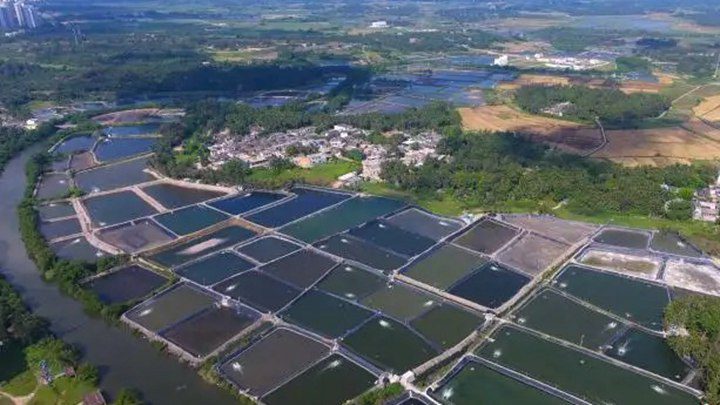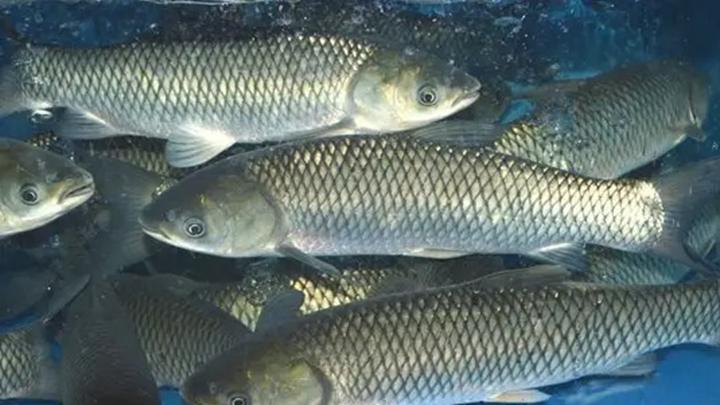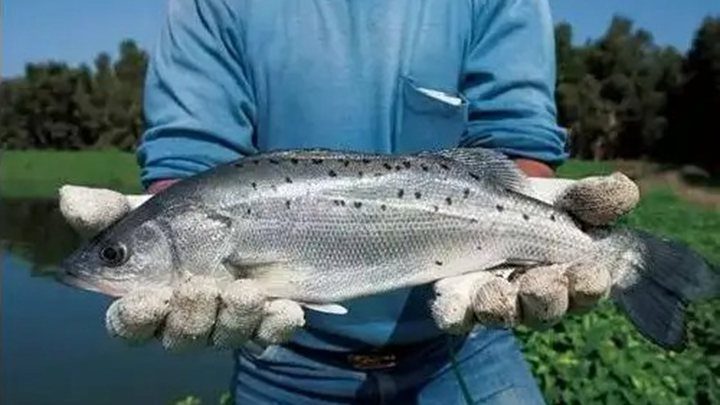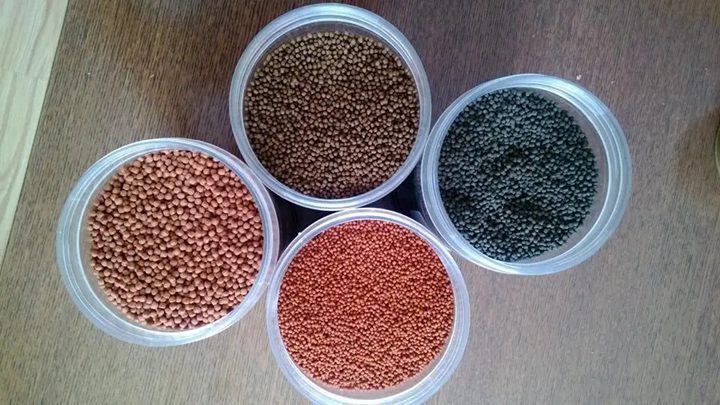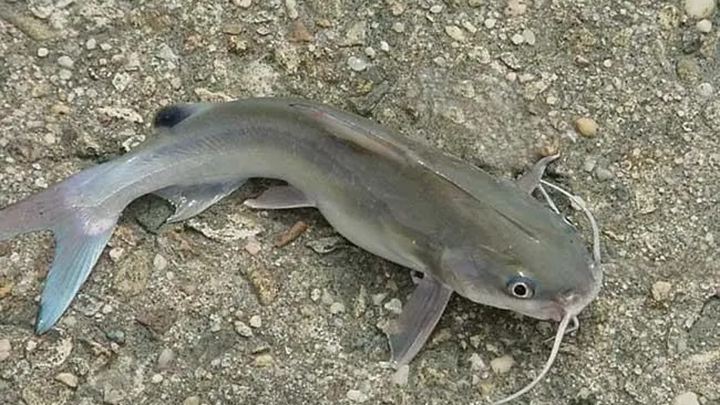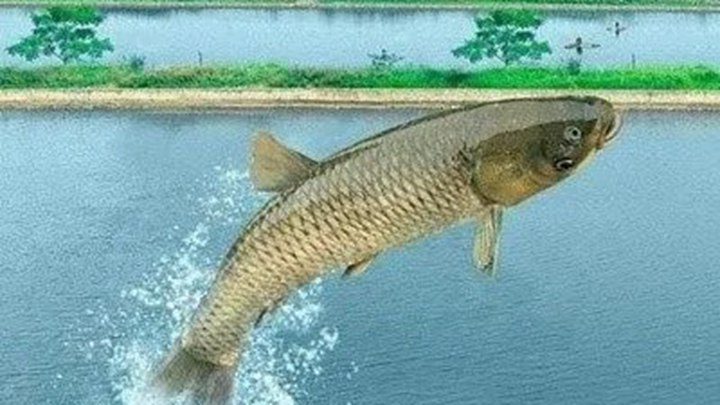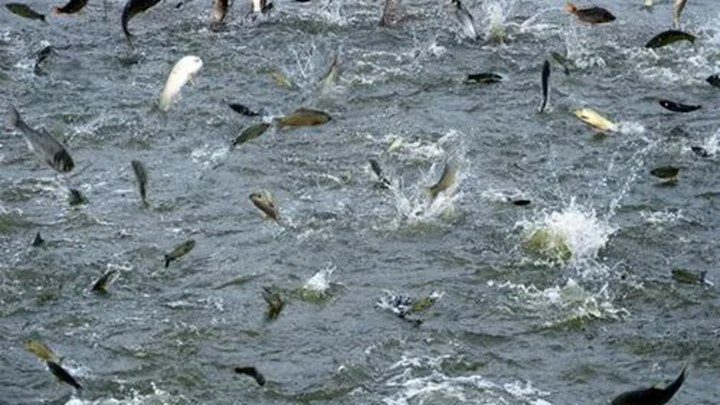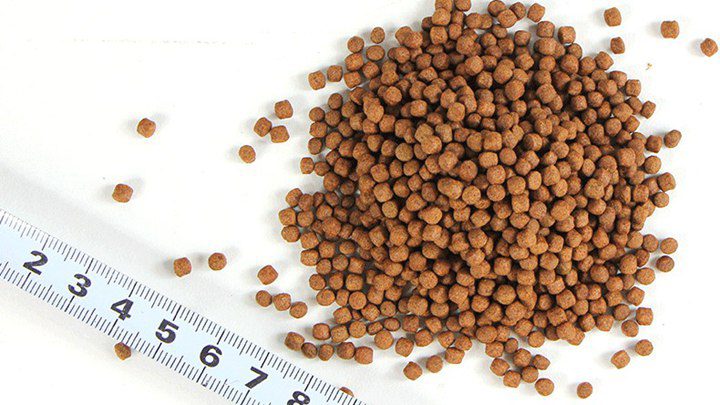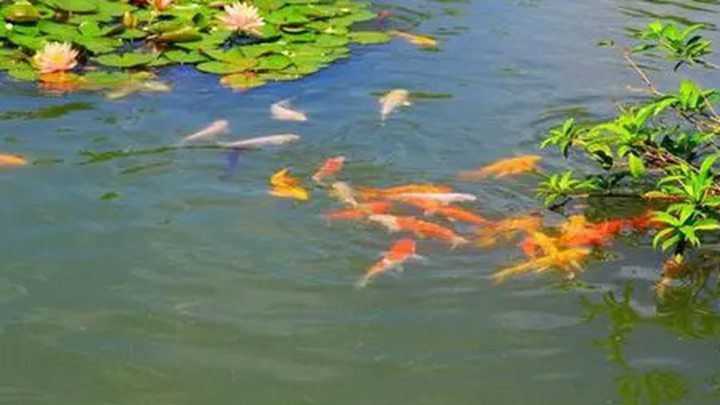Tips for fish farming in ponds
The most common mode of fish farming is pond farming, but the management of fish farming in ponds is not simple. There are many problems such as the prevention of diseases, the aging of pond water quality, and the inconvenience of irrigation and drainage. So what are the methods and techniques of pond farming? Lima Machinery summarized seven points for customers’ reference
Tips for fish farming in ponds Read More »

